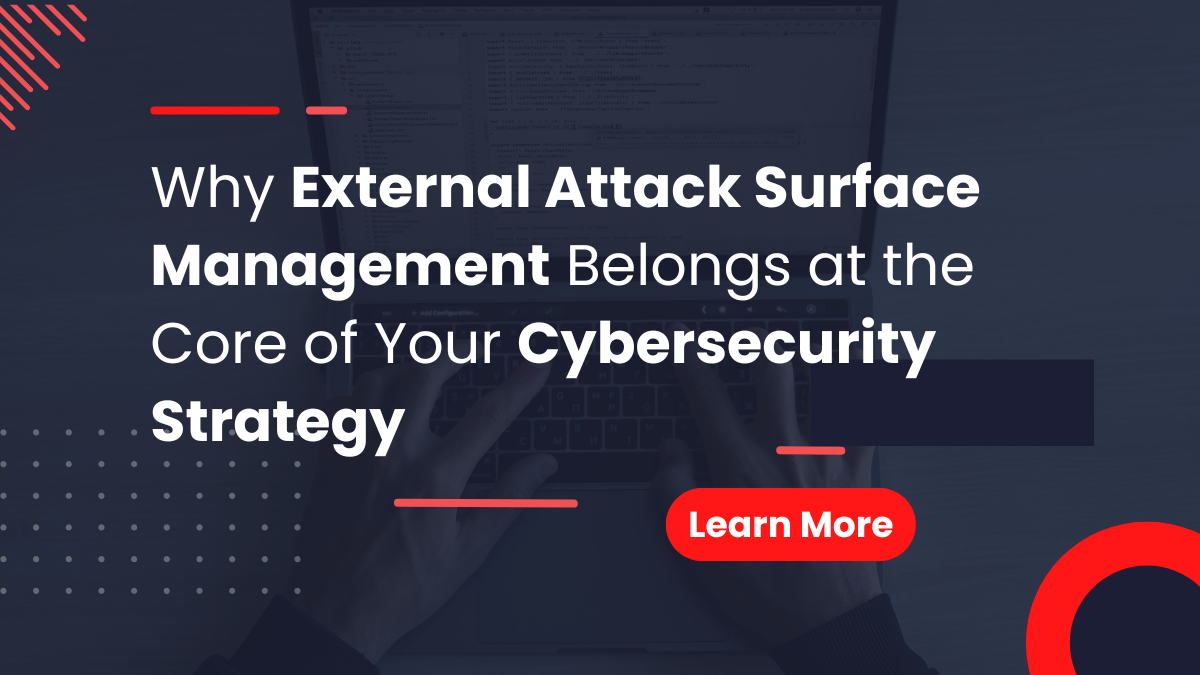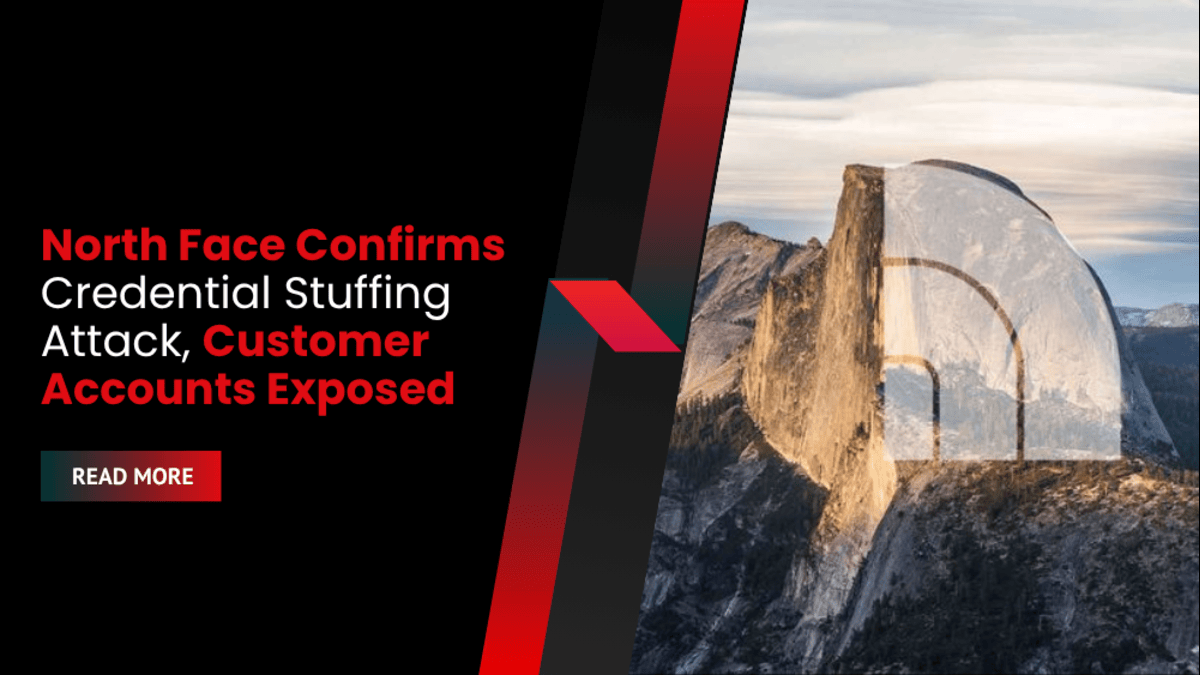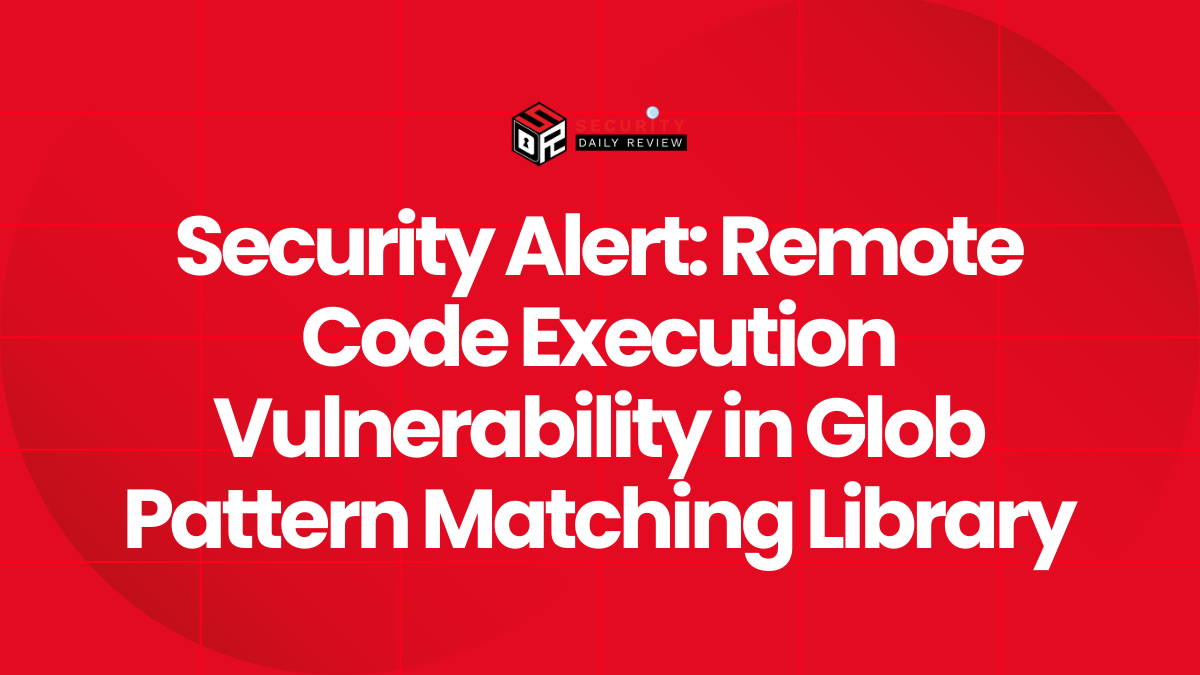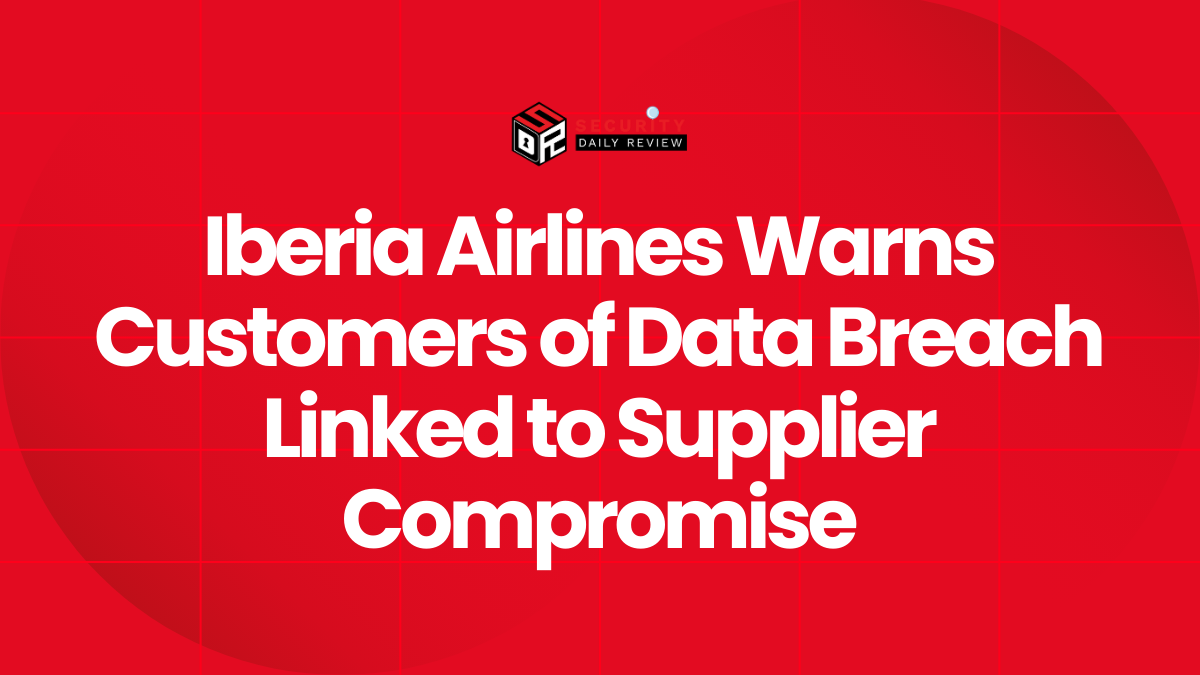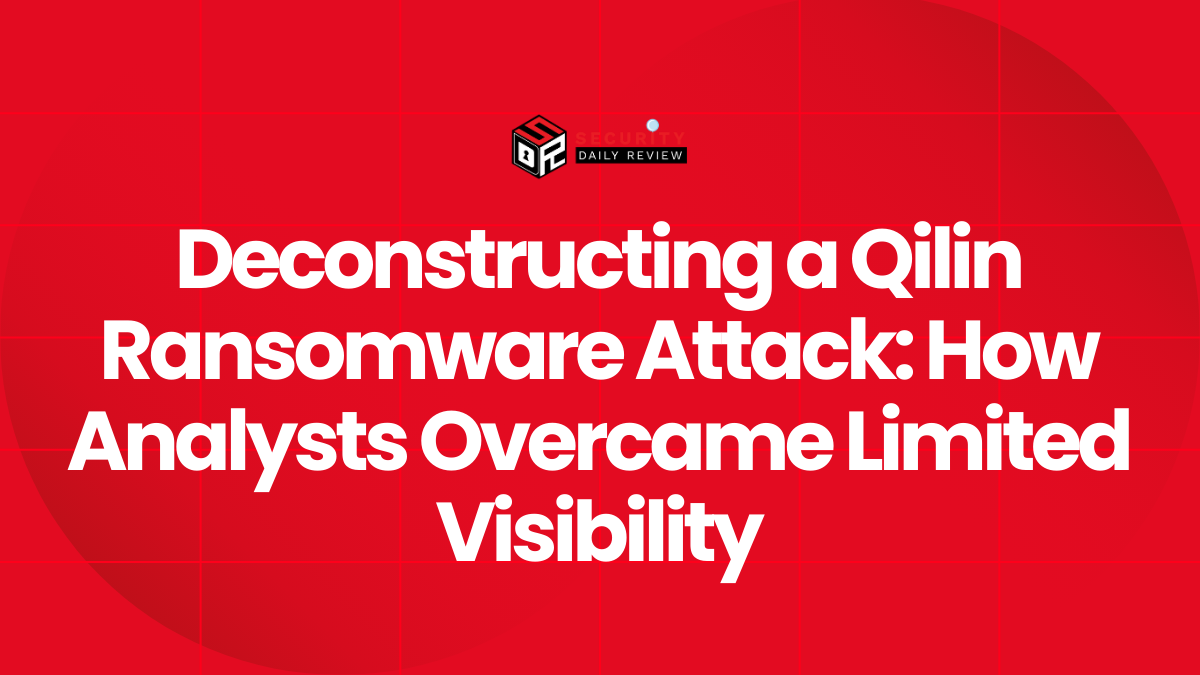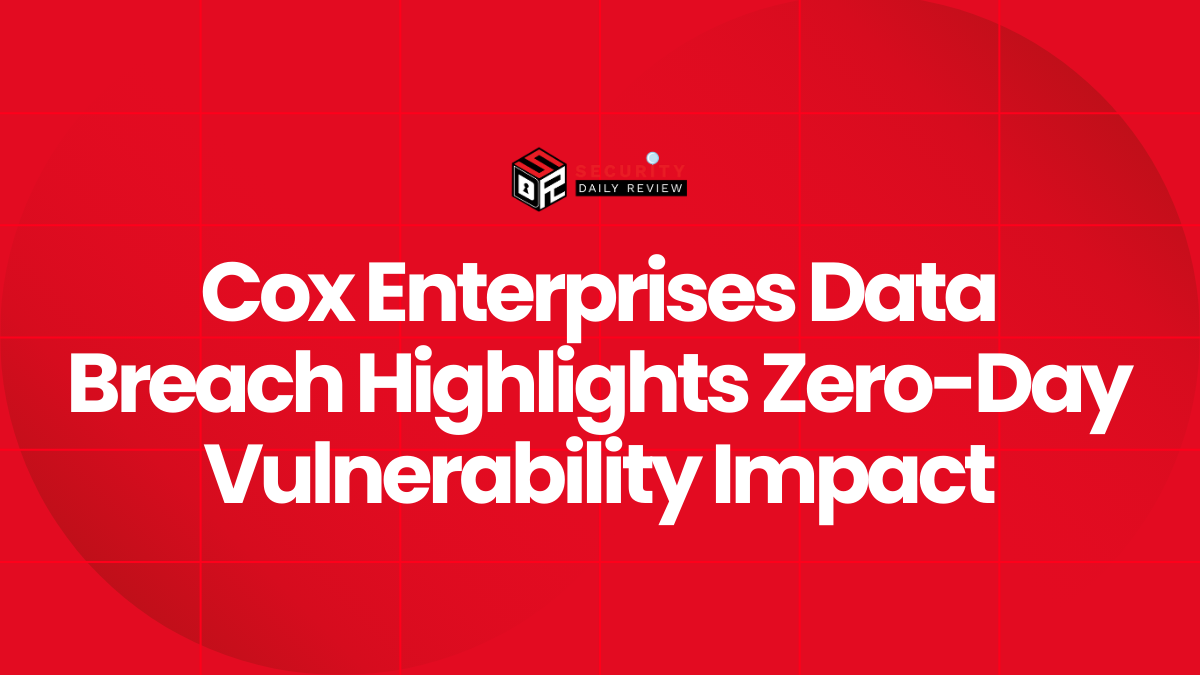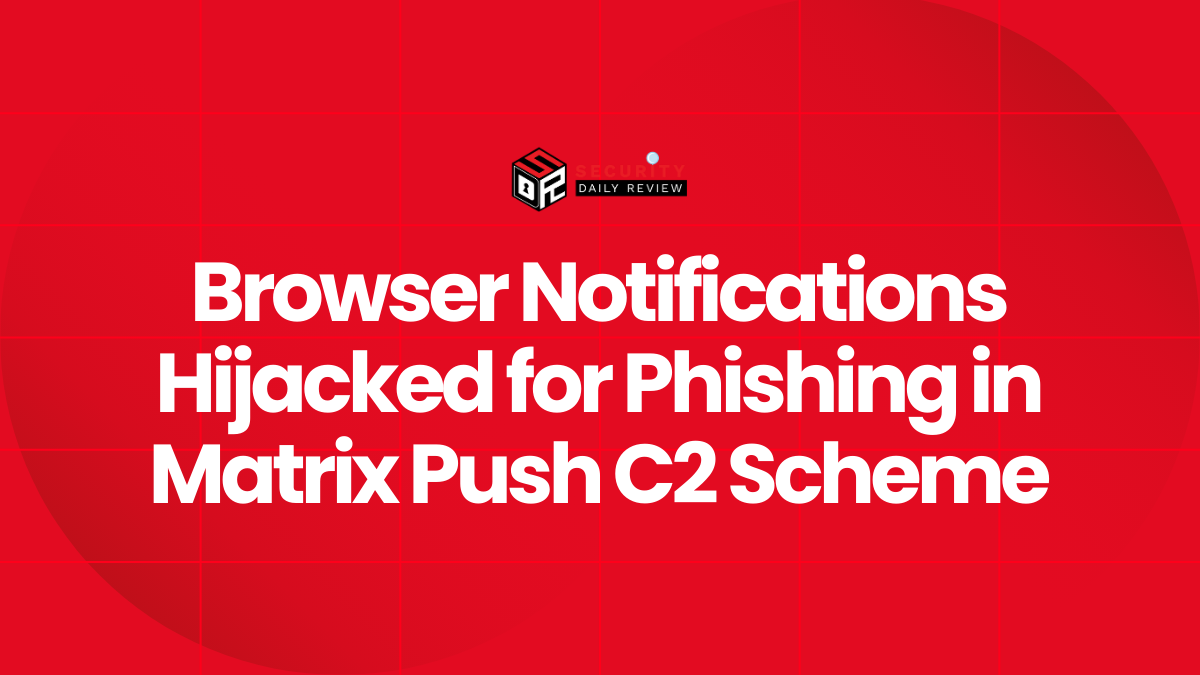Enterprises now face unprecedented complexity in defending their online assets. The rapid growth of shadow IT, expanding third-party supplier networks, and the shift to hybrid cloud environments have dramatically widened the attack surface. As threats evolve in scale and sophistication, traditional cybersecurity approaches can no longer keep pace.
External Attack Surface Management (EASM) has emerged as a vital layer of modern Digital Risk Protection (DRP)—helping organizations proactively monitor, assess, and secure their public-facing assets from evolving threats. As organizations seek cyber resilience strategies in a threat landscape dominated by external actors, EASM offers the visibility and control needed to stay one step ahead.
What is External Attack Surface Management (EASM)?
External Attack Surface Management is the continuous discovery, inventory, assessment, and monitoring of all internet-facing assets belonging to an organization. These include:
- Websites and web applications
- Cloud-based services
- Exposed APIs and databases
- Forgotten subdomains and development instances
- IP addresses associated with business operations
What makes EASM powerful is its focus on the attacker’s perspective—identifying assets and vulnerabilities visible from the outside, often unknown to internal teams. This approach helps uncover hidden risks stemming from Shadow IT, Third-Party Supplier Exposure, and misconfigured cloud infrastructure.
🔍 Core Components of EASM
- Asset Discovery
Identify all digital assets connected to your organization—known and unknown. - Cybersecurity Asset Management
Maintain a centralized inventory of all external-facing assets for continuous visibility and control. - Vulnerability Detection & Threat Prioritization
Evaluate risks based on severity, exploitability, and business impact. - Continuous Security Monitoring
Monitor for new assets, misconfigurations, and changes in exposure over time. - Threat Intelligence Integration
Correlate findings with real-world threat actor tactics and indicators of compromise (IOCs).
The Modern Risk Landscape: Why EASM Is No Longer Optional
1. Visibility Gaps from Shadow IT
Shadow IT—software and services used without IT approval—expands the attack surface beyond the control of security teams. Employees spinning up cloud environments, adopting SaaS apps, or creating unsecured repositories create blind spots for cybersecurity.
EASM tools uncover these unauthorized assets, map them back to the business, and assess their risk—ensuring that Shadow IT doesn’t become a silent vulnerability.
2. Third-Party Supplier Exposure
Modern enterprises are deeply integrated with external vendors, platforms, and cloud partners. Each connection to a third-party supplier increases the potential for lateral breaches and indirect attacks.
External Attack Surface Management helps monitor not only your own assets but also the digital infrastructure exposed through these partners—supporting a zero-trust, verify-everything model.
3. Challenges of Hybrid Cloud Security
Most businesses now operate in hybrid environments, mixing on-premises infrastructure with multiple public cloud providers. This distributed approach blurs ownership lines and complicates perimeter defense.
Hybrid Cloud Security risks include misconfigured cloud buckets, unmanaged virtual machines, or open admin interfaces. EASM helps bridge these gaps by giving complete visibility across multi-cloud and hybrid environments.
Aligning EASM with Digital Risk Protection (DRP)
While EASM focuses on discovering and securing external-facing assets, Digital Risk Protection (DRP) takes a broader stance, protecting digital presence across the surface web, social media, and even deep/dark web.
Key Goals of DRP:
- Risk Identification: Across public and underground channels.
- Proactive Threat Detection: Spot phishing domains, impersonation attacks, and leaked credentials.
- Regulatory Compliance: Meet mandates like GDPR, HIPAA, and PCI-DSS.
- Reputation Management: Detect brand abuse and protect customer trust.
How EASM Enhances DRP
When integrated effectively, EASM enhances DRP by:
- Offering real-time Attack Surface Visibility
- Enabling early detection of phishing infrastructure and impersonation threats
- Prioritizing remediation based on risk
- Reducing dwell time through fast identification of exposed assets
Together, they form the foundation of modern cyber resilience strategies.
Proactive Threat Detection Through EASM
With 83% of cyberattacks originating from external actors, organizations need the capability to detect signs of an attack before it manifests.
EASM tools achieve Proactive Threat Detection by:
- Flagging abnormal changes (e.g., new subdomains, DNS updates)
- Identifying web servers with outdated software
- Detecting malicious scripts injected into public-facing portals
- Integrating with SIEMs for event correlation and faster incident response
By addressing vulnerabilities before adversaries act, organizations strengthen their preventive security capabilities.
Best Practices for Implementing EASM
Successfully integrating External Attack Surface Management (EASM) into your Digital Risk Protection (DRP) strategy requires a structured, strategic approach. The following best practices ensure that EASM delivers optimal value:
1. Conduct Regular Assessments
- Schedule frequent EASM scans to maintain up-to-date visibility.
- Include newly acquired domains, third-party integrations, and updated cloud configurations.
- Identify dormant or forgotten assets that may still be accessible and vulnerable.
2. Embrace Continuous Security Monitoring
- Set up automated alerts for new asset exposures, expired certificates, and misconfigurations.
- Ensure your EASM platform integrates with your SIEM or SOAR system.
- Monitor across hybrid environments to reduce oversight risks in multi-cloud infrastructures.
3. Break Down Silos with Interdepartmental Collaboration
- Involve teams from IT, security, compliance, DevOps, and procurement.
- Establish a shared understanding of asset ownership and responsibilities.
- Promote a security-by-design culture across digital and cloud development cycles.
4. Focus on Risk-Based Prioritization
- Use threat intelligence to assess which vulnerabilities are actively being exploited.
- Prioritize remediation based on asset criticality and exposure level.
- Apply scoring frameworks like CVSS alongside business impact metrics.
5. Invest in a Scalable EASM Platform
When selecting an EASM vendor, consider platforms that offer:
- Real-time attack surface visibility
- Integrations with major cloud providers and DevOps tools
- Scalable coverage across global digital infrastructure
- AI-powered analytics for proactive threat detection
Recommended: Outpost24
Outpost24’s EASM platform combines:
- Asset discovery
- Risk contextualization
- Digital footprint monitoring
- AI-driven enrichment
…all into a seamless, real-time dashboard, empowering teams to reduce risks and maintain resilience.
The Strategic Business Case for EASM
As cyber threats evolve, organizations must shift from reactive to proactive security strategies. EASM offers a strategic advantage by:
- Reducing breach risk: Eliminate unknown vulnerabilities before attackers find them.
- Supporting compliance: Map assets and controls against regulatory standards.
- Protecting reputation: Prevent brand impersonation, phishing, and trust erosion.
- Lowering response costs: Early detection reduces incident recovery time and damage.
Organizations using EASM as a core part of their Cybersecurity Asset Management and DRP strategy gain an operational edge, particularly when digital transformation initiatives expose new attack surfaces at scale.
Summary: Why EASM is Essential in 2025 and Beyond
With digital transformation accelerating and cyberattacks becoming more sophisticated, External Attack Surface Management is no longer a nice-to-have—it’s essential.
Security teams must:
- Proactively discover and secure all internet-facing assets
- Monitor continuously for changes and exposures
- Collaborate across business units for effective digital risk protection
- Leverage threat intelligence to prioritize and act quickly
By doing so, organizations can establish long-term cyber resilience strategies that adapt to evolving threats.
FAQs About External Attack Surface Management (EASM)
Q1: What is External Attack Surface Management (EASM)?
A1: EASM is the continuous discovery, assessment, and monitoring of all internet-facing assets to identify and reduce potential vulnerabilities and exposures.
Q2: How does EASM differ from traditional vulnerability scanning?
A2: Traditional scanners focus on known assets, while EASM identifies unknown or shadow assets attackers might exploit.
Q3: Can EASM help detect Shadow IT risks?
A3: Yes, EASM uncovers unauthorized or unmanaged assets, helping teams address Shadow IT vulnerabilities.
Q4: Is EASM effective for hybrid cloud security?
A4: Absolutely. EASM provides visibility across hybrid environments, ensuring cloud misconfigurations or unknown assets don’t go unnoticed.
Q5: Why combine EASM with Digital Risk Protection (DRP)?
A5: Together, EASM and DRP provide full-spectrum defense—protecting both visible assets and brand-related threats in open, deep, and dark web environments.

